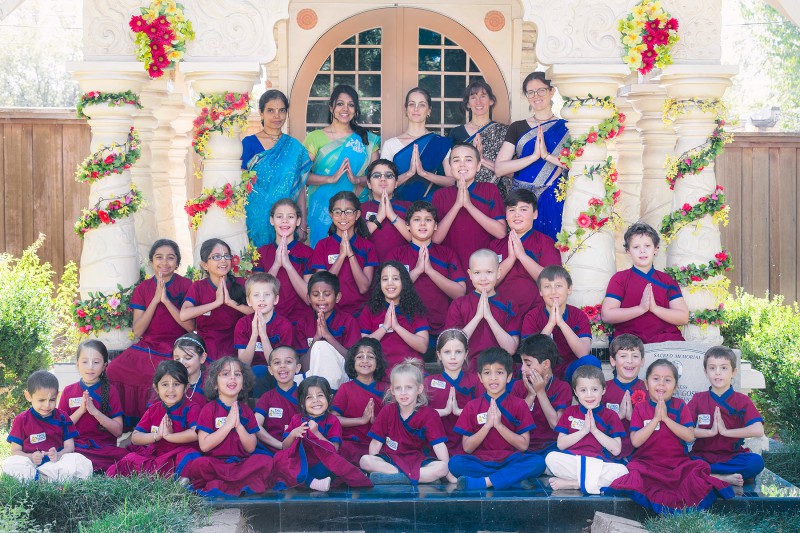Srila Prabhupada’s mercy continues to bless and nourish our international movement in a myriad of ways, and the global Ratha-Yatras are indeed a prime example of but one such benediction. Srila Prabhupada’s grace has transformed the once-rare opportunity to pull the ropes of the beautiful chariots of Lord Jagannatha, Lord Baladeva, and Lady Subhadra into an international phenomenon for devotees the world over.
We in Toronto’s Hare Krishna community are exceedingly fortunate to have had the opportunity to present this Ratha-Yatra festival for the past four decades where thousands enjoy the festival amidst the association of great Vaisnavas and ecstatic kirtans.
We would like to humbly invite everyone to join us this year, on July 16th-17th, 2016 for our 44th Annual Ratha-Yatra here in Toronto.
Festivities will kick off on Friday, July 15th as we celebrate a 12-Hour Kirtan, featuring B.B. Govinda Swami, Agnideva das, Amala Kirtan das and more! We will be blowing the roof off New Remuna Dhama (ISKCON Toronto) with this 12-hour kirtan marathon. Once again, the special event is planned for Friday, July 15th from 10:00am to 10:00pm. This kirtan event is not to be missed!
Of course, this precedes the big weekend! Toronto’s Ratha-Yatra has the unique distinction of being accredited by Madhuha das, the organizer of the traveling Festival of India tour, as being the largest Ratha-Yatra in North America with close to 40,000 people in attendance and a veritable plethora of Srila Prabhupada’s books sold each year!
Some of the unique features of Toronto’s Ratha-Yatra include:
- A Parade Right Through Downtown Toronto
- A “Bhajan Kutir” with Non-Stop Kirtan
- “Yoga Meltdown” – A Mini Yoga Festival
- Live Cooking Demonstrations
- Internationally-Acclaimed Arts & Entertainment and much more!
Immediately following the parade, festival-goers enjoy a kirtan-filled ferry ride over to Centre Island, where celebrations continue for the rest of the weekend. While on Centre Island devotees will be able to enjoy the association of a number of distinguished personalities (see below)! The Centre Island festival-pavilion will also host a children’s area featuring fun and wholesome, Vedic-themed activities and events. All in all, Toronto's Ratha-Yatra will offer everyone a chance to experience a unique festival promoting simple-living and high-thinking, with kirtan on the streets, underground, and on the water!
We hope to see you at the big event! Hare Krishna!!!













 By Rasananda das
By Rasananda das
 By Yudhistir Govinda Das
By Yudhistir Govinda Das By Madhavipriya Devi Dasi
By Madhavipriya Devi Dasi







 By Braja Vilasa Das
By Braja Vilasa Das

